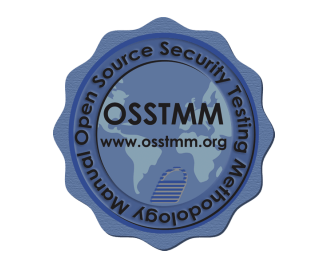Best results from
different approaches
Very different results can be obtained depending on which standards, approaches and methodologies are used during a vulnerability discovering solution. We use latest standards and methodologies for our clients that want to have secure systems and fix cyber security vulnerabilities.
OWASP
NIST
PTEST
ISSAF
The OWASP (Open Web Application Security Project) Testing Guide is a comprehensive manual for web application security testing.
OSSTMM
OSSTMM (Open Source Security Testing Methodology Manual) is a peer-reviewed methodology for performing different type penetratio tests.
The National Institute of Standards and Technology (NIST) provides a comprehensive guide for conducting information security assessments.
PTES (Penetration Testing Execution Standard) is a set of guidelines and technical resources for conducting penetration tests.
ISSAF is a framework developed by the Open Information Systems Security Group (OISSG). It is designed for auditing, penetration testing, and security testing.
CREST
CREST (Council of Registered Ethical Security Testers) provides standards and a code of conduct for penetration testers. We also follow CHECK standards.
Using severities
Considering the long and short term effects of the vulnerabilities determined during the Wiseep scans, it is very important to report them with the correct priorities. Priorities and details uses by Wiseep are like below.
to see risks of bugs
These are vulnerabilities representing the most serious security concerns in terms of the combination of likelihood and impact. They should be addressed urgently.
Critical
These are vulnerabilities representing a high security concern in terms of the combination of likelihood and impact. They should be addressed urgently.
High
These are vulnerabilities representing significant security concerns. Whilst Critical and High vulnerabilities should be prioritised, it remains important to address.
Medium
These are vulnerabilities representing weaknesses with limited risk. It is recommended that these issues are remediated, but, risk can be accepted.
Low
CATEGORIZING OF
Vulnerability types?
To facilitate the understanding and tracking of security vulnerabilities, we categorize them into various groups. This structured approach allows us to systematically identify, assess, and address potential threats. The security vulnerability categories we use at Wiseep are designed to cover a wide range of potential issues. These categories help our team prioritize and manage vulnerabilities effectively, enhancing our overall security posture.
CATEGORIZING OF
Root Cause of bugs?
To facilitate the understanding and tracking of security vulnerabilities, we categorize them into various groups. This structured approach allows us to systematically identify, assess, and address potential threats.











